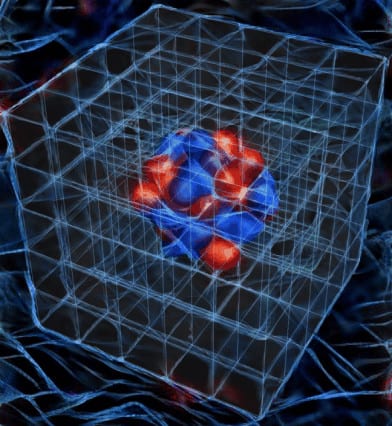The Argonne Leadership Computing Facility (ALCF), a U.S. Department of Energy (DOE) Office of Science User Facility, has selected 10 data science and machine learning projects for its Aurora Early Science Program (ESP). Set to be the nation’s first exascale system upon its expected 2021 arrival, Aurora will be capable of performing a quintillion calculations per second, making it 10 times more powerful than the fastest computer that currently exists.
The Aurora ESP, which commenced with 10 simulation-based projects in 2017, is designed to prepare key applications, libraries, and infrastructure for the architecture and scale of the exascale supercomputer. Researchers in the Laboratory for Nuclear Science’s Center for Theoretical Physics have been awarded funding for one of the projects under the ESP. Associate professor of physics William Detmold, assistant professor of physics Phiala Shanahan, and principal research scientist Andrew Pochinsky will use new techniques developed by the group, coupling novel machine learning approaches and state-of-the-art nuclear physics tools, to study the structure of nuclei.
Shanahan, who began as an assistant professor at MIT this month, says that the support and early access to frontier computing that the award provides will allow the group to study the possible interactions of dark matter particles with nuclei from our fundamental understanding of particle physics for the first time, providing critical input for experimental searches aiming to unravel the mysteries of dark matter while simultaneously giving insight into fundamental particle physics.
“Machine learning coupled with the exascale computational power of Aurora will enable spectacular advances in many areas of science,” Detmold adds. “Combining machine learning to lattice quantum chromodynamics calculations of the strong interactions between the fundamental particles that make up protons and nuclei, our project will enable a new level of understanding of the femtoscale world.”


